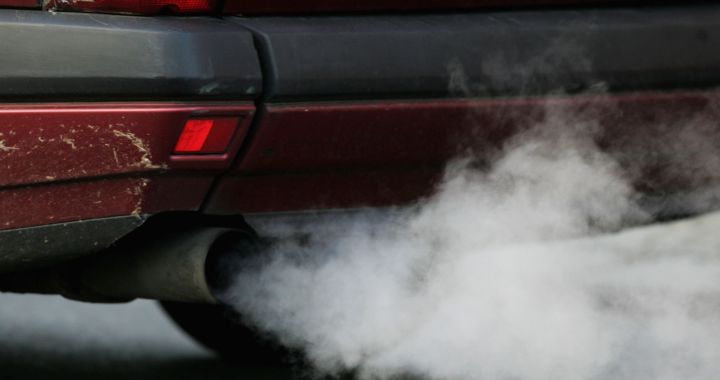There is hardly any corner on the planet where you can breathe completely clean air. This is one of the main and worrying conclusions of an ambitious study published this Tuesday in the scientific journal Lancet Planetary Health, and which analyzed daily air pollution for the first time in fine particles in suspension, known as PM2.5.
PM 2.5 are suspended particles that measure less than 2.5 microns. Due to their small size, they are the most dangerous, since they have a great ability to enter the respiratory tract. Its origin is mainly anthropogenic, since they come largely from emissions from diesel vehicles in the city.
The study puts an alarming fact on the table: barely 0.001% of the human population is exposed to a level of PM2.5 below the safe levels recommended by the World Health Organization (WHO). On the surface of the earth, this pollution-free zone it represents 0.18% of the planet.
Yuming Guo, from the School of Public Health and Preventive Medicine at Monash University (Australia), was commissioned to lead an investigation that used all kinds of methods of observation and analysis. On the one hand, meteorological and air pollution detectors by satellite. On the other hand, statistical and machine learning methods to more accurately assess PM 2.5 concentrations on the planet.
For better and for worse
The situation is not the same in all regions of the planet. PM2.5 particulate levels have been reduced by Europe and North America over the past two decades, as they have increased in Latin America, South Asia, Australia, New Zealand and the Caribbean. Worldwide, it is estimated that humans are exposed to these levels above what is safe more than 70% of the time.
The ace higher concentrations PM 2.5 is present in the regions of East Asia (50.0 µg/m 3 ) and South Asia (37.2 µg/m 3 ), followed by South Africa. North (30.1 µg/m 3 ). In South and East Asia alone, more than 90% of days had daily PM2.5 concentrations above 15 µg/m³. Globally, the annual average PM2.5 from 2000 to 2019 was 32.8 µg/m3.
“This study is important because it gives us an in-depth understanding of the current state of outdoor air pollution and its impacts on human health”. Yuming Guo said. “With this information, policymakers, public health officials, and researchers can better assess the short- and long-term health effects of air pollution and develop air pollution mitigation strategies.”

